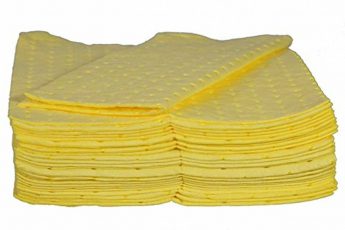It’s that time of the year again, the period where various parts of our homes are hit with that dreaded condensation. At times, it will just turn up in mild form, but if allowed to linger it can progress to something much more severe and cover walls and furnishings with bouts of black mould.
Needless to say, this is something that everyone wants to avoid. In a bid to make sure that your home isn’t affected by the above, we’ve put together this guide to show you the most prevalent areas where condensation can develop. In truth, it can occur just about anywhere, but make sure you regularly check the following areas as some properties have terrible condensation problems only for their owners to be none the wiser that they actually exist!
Fortunately, condensation is an issue that can easily be resolved. It is usually caused by the homeowner’s actions themselves which is in contrast to dampness; something that generally occurs due to a structural defect. Furthermore, if you do happen to spot any mould patches in your home, there are now a number of condensation control products which can be utilised to immediately clear the issue. If you can at least find out the most prevalent areas, you can hopefully prevent the problem before action needs to be taken…
Windows
The most common region for the problem to occur is on the windows. This is usually the first sign that condensation is beginning to prosper, with the windows steaming up. In some cases, the problem will seemingly exist between the two panes of double glazing and this not only indicates you have a problem with condensation, but also that the seal on your windows has broken and needs replacing.
The reason the windows are affected is quite obvious. Naturally, they are one of the coldest elements of the property as they are directly facing the elements. Therefore, when any excess moisture exists in the air, it is immediately attracted to these windows.
Cold Walls
On the subject of cold parts of a house, some external walls will also prove to be at risk. Those walls which directly face the outside, and don’t form a party wall for example, are usually the worst offenders. It’s for the exact same reason as indicated above; excess moisture in the air is attracted to the cold surface where it usually develops into mould.
Bathrooms
If we were to move into a more specific breakdown of the location of condensation, the bathroom is one of the rooms that is most susceptible to the defect. Naturally, there is more moisture in the air in this room than any other region in the house, particularly after someone has used the shower. This means that any window or outside wall that forms around the bathroom is immediately at risk and precautionary steps have to be taken.
For example, making sure that the automatic ventilation system is working is the immediate way to minimise the risk. This will extract at least some moisture from the air, meaning that less is attracted to the colder elements of the room in the first place. Additionally, opening a window can be an even more obvious option, with any moist air being directed out of the building instead of towards the internal elements that will eventually turn to mould.
Kitchens
We’ll finish the article with another high-risk room, the kitchen. This is another area of the home susceptible to high amounts of moist air, with steamy pots usually being the reason for this. You’ll probably find that your ceiling can also be affected by the condensation here as well, with a lot of the generated moisture immediately heading upwards.
The same steps should be taken as what were recommended in the previous section. Keep your windows open and if you have one, switch your ventilation system on. As we stated in the initial stages of the article, condensation is usually a man-made problem and is rarely associated with structural changes. Some will claim that changes in building technology have made the defect even more prevalent and this is true to an extent, but nobody can dispute that it can be prevented through simple precautionary methods.




